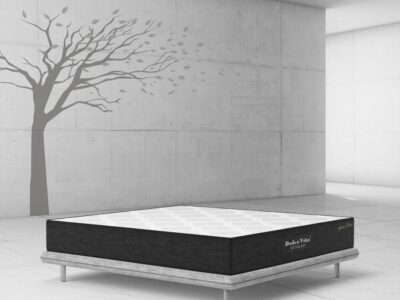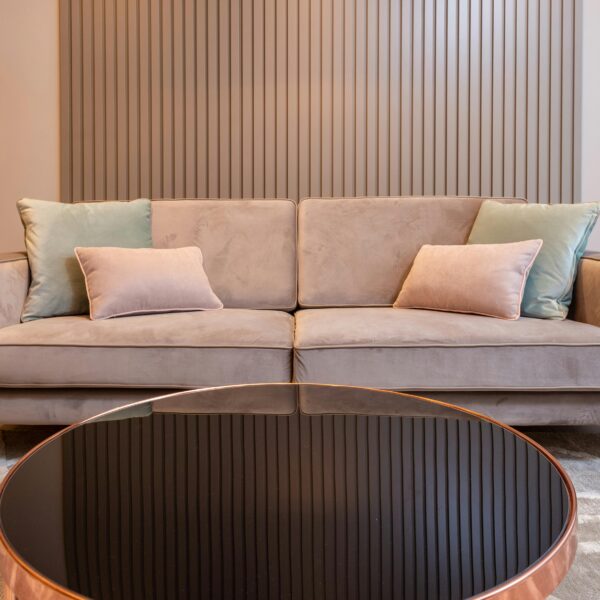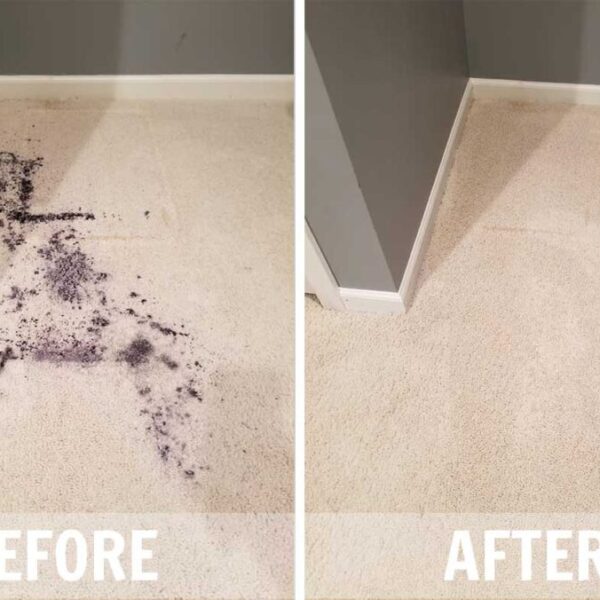
Decorative garden stones and landscaping aggregates can transform your outdoor space into a stunning and functional area. Whether you want to create a tranquil retreat or a vibrant garden, laying decorative aggregates is an excellent way to achieve this. This comprehensive guide will walk you through the process, from selecting the right materials to maintaining your garden’s new look.
Introduction
Decorative aggregates, also known as decorative garden stone or landscaping aggregates, are versatile materials used to enhance the aesthetic appeal and functionality of gardens and outdoor spaces. These stones come in various shapes, sizes, and colors, allowing homeowners to create unique and visually appealing landscapes. From gravel paths to pebble-covered flower beds, decorative aggregates offer numerous possibilities for garden design.
What are Decorative Garden Stones?
Decorative garden stones are natural or manufactured rocks used to add visual interest and practicality to garden landscapes. These stones can include gravel, slate, pebbles, chippings, and more. Each type of stone offers distinct characteristics, such as color, texture, and size, making them suitable for different applications within the garden.
Benefits of Using Decorative Aggregates
Using decorative aggregates in your garden offers several advantages:
- Aesthetic Appeal: Aggregates add color, texture, and contrast to your garden, enhancing its visual appeal.
- Weed Control: A layer of aggregates can help suppress weed growth by blocking sunlight and making it difficult for weeds to establish.
- Moisture Retention: Aggregates help retain moisture in the soil, reducing the need for frequent watering.
- Low Maintenance: Once installed, decorative aggregates require minimal maintenance compared to traditional grass or flower beds.
- Durability: These materials are long-lasting and can withstand various weather conditions without deteriorating.
Types of Decorative Aggregates for Gardens
There are several types of decorative aggregates available, each offering unique features:
- Gravel: Available in various sizes and colors, gravel is ideal for pathways, driveways, and as a base layer for other aggregates.
- Slate: Known for its flat and angular shape, slate is perfect for creating a contemporary look in gardens.
- Pebbles: Smooth and rounded, pebbles are excellent for creating natural-looking water features and garden beds.
- Chippings: Smaller than gravel, chippings are often used for mulching and ground cover.
Choosing the Right Aggregates for Your Garden
When selecting decorative aggregates for your garden, consider the following factors:
- Purpose: Determine whether you need aggregates for pathways, driveways, flower beds, or decorative features.
- Color and Texture: Choose aggregates that complement your garden’s existing color scheme and textures.
- Size: Select the appropriate size of aggregates based on their intended use and the scale of your garden.
- Budget: Consider the cost of materials and ensure they fit within your budget.
Planning Your Garden Design
Before laying decorative aggregates, it’s essential to plan your garden design. Sketch a layout of your garden, including pathways, flower beds, and any other features you want to include. This plan will help you visualize the final look and ensure you have enough materials for the project.
Preparing the Ground for Decorative Aggregates
Proper ground preparation is crucial for the successful installation of decorative aggregates. Follow these steps:
- Soil Preparation: Clear the area of any debris, plants, and weeds. Loosen the soil to improve drainage.
- Weed Removal: Remove any existing weeds and apply a weed killer to prevent future growth.
- Ground Leveling: Use a rake or shovel to level the ground and create a smooth surface.
Tools and Materials Needed
To lay decorative aggregates, you’ll need the following tools and materials:
- Wheelbarrow
- Shovel
- Rake
- Garden hose or watering can
- Weed membrane
- Edging materials
- Decorative aggregates
How to Measure and Calculate Aggregate Needs
To determine how much decorative aggregate you’ll need, measure the area you plan to cover. Use the following formula to calculate the amount of aggregate required:
Length (ft)×Width (ft)×Depth (in)/12=Cubic Feet of Aggregate Needed\text{Length (ft)} \times \text{Width (ft)} \times \text{Depth (in)} / 12 = \text{Cubic Feet of Aggregate Needed}
This calculation will help you purchase the right amount of material for your project.
Laying a Base Layer
A base layer is essential for providing stability and drainage for your decorative aggregates. Follow these steps:
- Excavate the Area: Dig a shallow trench to create a base for your aggregates.
- Add a Base Layer: Spread a layer of crushed stone or gravel over the excavated area. This layer should be about 2-3 inches thick.
- Compact the Base: Use a compactor or a tamper to compact the base layer, ensuring it is level and stable.
Installing Weed Membrane
To prevent weed growth, install a weed membrane over the base layer. Cut the membrane to fit the area and secure it with garden staples or pins. Ensure the membrane overlaps at the edges to provide complete coverage.
Spreading the Decorative Aggregates
Once the weed membrane is in place, it’s time to spread the decorative aggregates:
- Pour Aggregates: Pour the decorative aggregates over the weed membrane, starting from one end and working your way to the other.
- Spread Evenly: Use a rake to spread the aggregates evenly, ensuring a uniform layer. The layer should be about 2-3 inches thick.
- Settle Aggregates: Lightly water the aggregates to help them settle and compact into place.
Edging and Borders
Creating clean edges and borders will help contain the decorative aggregates and enhance the overall look of your garden. Use materials such as metal, plastic, or stone to create edges and borders around the areas covered with aggregates.
Maintenance Tips for Decorative Aggregates
Maintaining your decorative aggregates is simple:
- Regular Cleaning: Remove debris, leaves, and dirt from the aggregates regularly.
- Weed Control: Check for any weed growth and remove weeds promptly.
- Replenish Aggregates: Over time, some aggregates may settle or disperse. Add more aggregates as needed to maintain the desired thickness.
Using Decorative Aggregates in Flower Beds
Integrating decorative aggregates into flower beds can enhance their beauty and functionality. Use aggregates as a mulch to retain moisture, suppress weeds, and add visual interest to your flower beds.
Creating Garden Paths with Aggregates
Decorative aggregates are ideal for creating garden paths. Design your path layout, prepare the ground, and follow the steps outlined above to lay the aggregates. Garden paths made with aggregates are durable, low-maintenance, and aesthetically pleasing.
Decorative Aggregates in Rock Gardens
Rock gardens benefit greatly from the addition of decorative aggregates. The contrast between rocks and aggregates creates a natural, harmonious look. Use aggregates to fill gaps between rocks and enhance the overall design of your rock garden.
Enhancing Water Features with Aggregates
Decorative aggregates can be used to enhance water features such as ponds, fountains, and waterfalls. Surround water features with aggregates to create a natural look and improve drainage.
Combining Aggregates with Other Landscaping Elements
Integrate decorative aggregates with other landscaping elements like paving, decking, and planting areas. This combination adds texture and visual interest to your garden while ensuring functionality.
Seasonal Considerations for Decorative Aggregates
Different seasons can affect the use and maintenance of decorative aggregates:
- Spring and Summer: Refresh the aggregates to maintain their appearance.
- Autumn: Remove fallen leaves and debris to prevent organic matter buildup.
- Winter: Ensure proper drainage to prevent waterlogging and freezing.
Environmental Impact of Decorative Aggregates
When choosing decorative aggregates, consider their environmental impact. Opt for sustainably sourced materials and avoid aggregates that contribute to habitat destruction. Using recycled aggregates is also an eco-friendly option.
Cost Considerations and Budgeting
Budgeting for your decorative aggregate project is essential. Consider the cost of materials, tools, and any additional features you plan to include. Look for cost-effective options without compromising on quality.
Common Mistakes to Avoid When Laying Aggregates
Avoid these common mistakes to ensure a successful project:
- Inadequate Ground Preparation: Properly prepare the ground to prevent weed growth and ensure stability.
- Incorrect Measurement: Measure accurately to avoid running out of materials or purchasing too much.
- Skipping the Base Layer: Always lay a base layer to provide stability and drainage.
- Improper Installation of Weed Membrane: Ensure the weed membrane is correctly installed to prevent weed growth.
Success Stories and Case Studies
Draw inspiration from successful decorative aggregate projects. Case studies showcase different design ideas and techniques, helping you envision the possibilities for your garden.
FAQs about Decorative Aggregates
How much decorative aggregate do I need?
Calculate the amount of aggregate by measuring the area and using the formula provided in this guide.
Can I lay decorative aggregates over grass?
It’s best to remove grass and prepare the ground before laying aggregates to ensure stability and prevent weed growth.
How often should I replenish decorative aggregates?
Replenish aggregates as needed, typically once a year, to maintain the desired thickness and appearance.
Are decorative aggregates environmentally friendly?
Choose sustainably sourced or recycled aggregates to minimize environmental impact.
Can decorative aggregates be used in small gardens?
Yes, decorative aggregates are versatile and can enhance the beauty and functionality of small gardens.
What are the best types of decorative aggregates for flower beds?
Pebbles, chippings, and gravel are ideal for flower beds due to their moisture-retaining and weed-suppressing properties.
Conclusion
Decorative aggregates offer a practical and aesthetically pleasing solution for enhancing your garden’s beauty and functionality. By following this guide, you can successfully lay decorative garden stones and landscaping aggregates, transforming your outdoor space into a stunning oasis. Whether you’re creating pathways, flower beds, or water features, decorative aggregates provide endless possibilities for garden design. Embrace the versatility and charm of these materials to create a garden that reflects your style and enhances your outdoor living experience.










